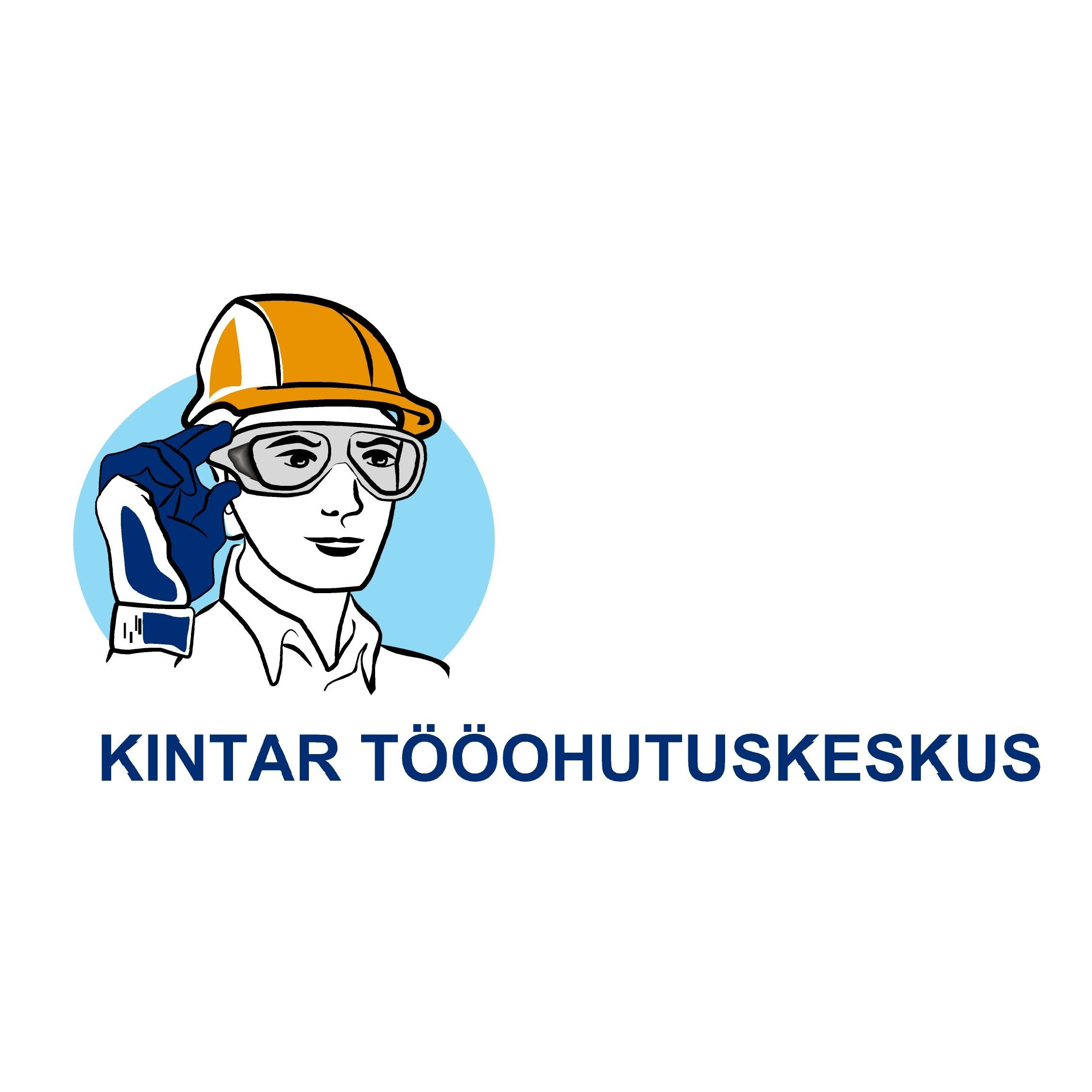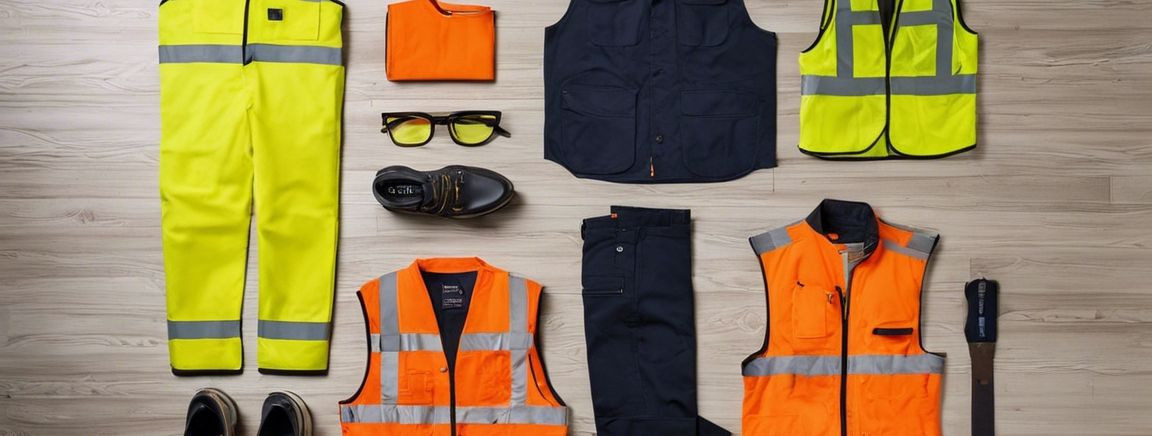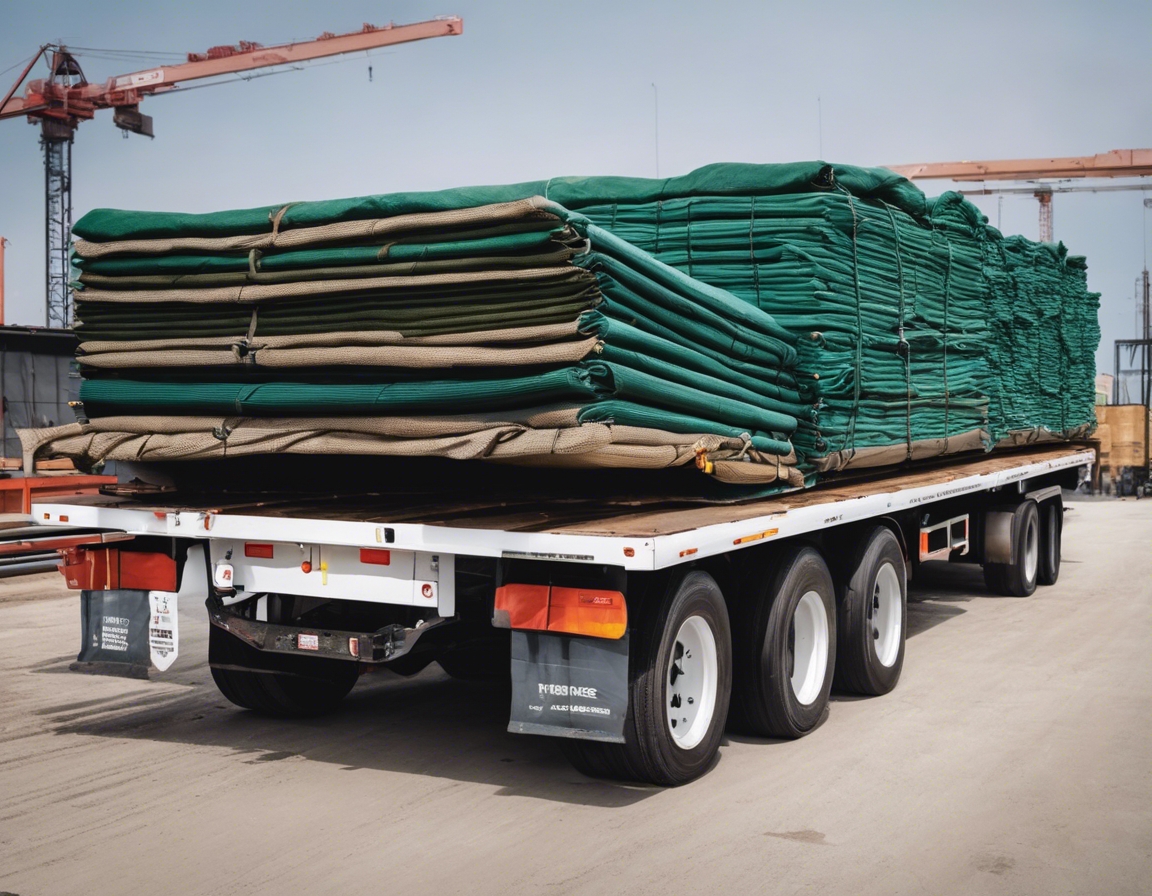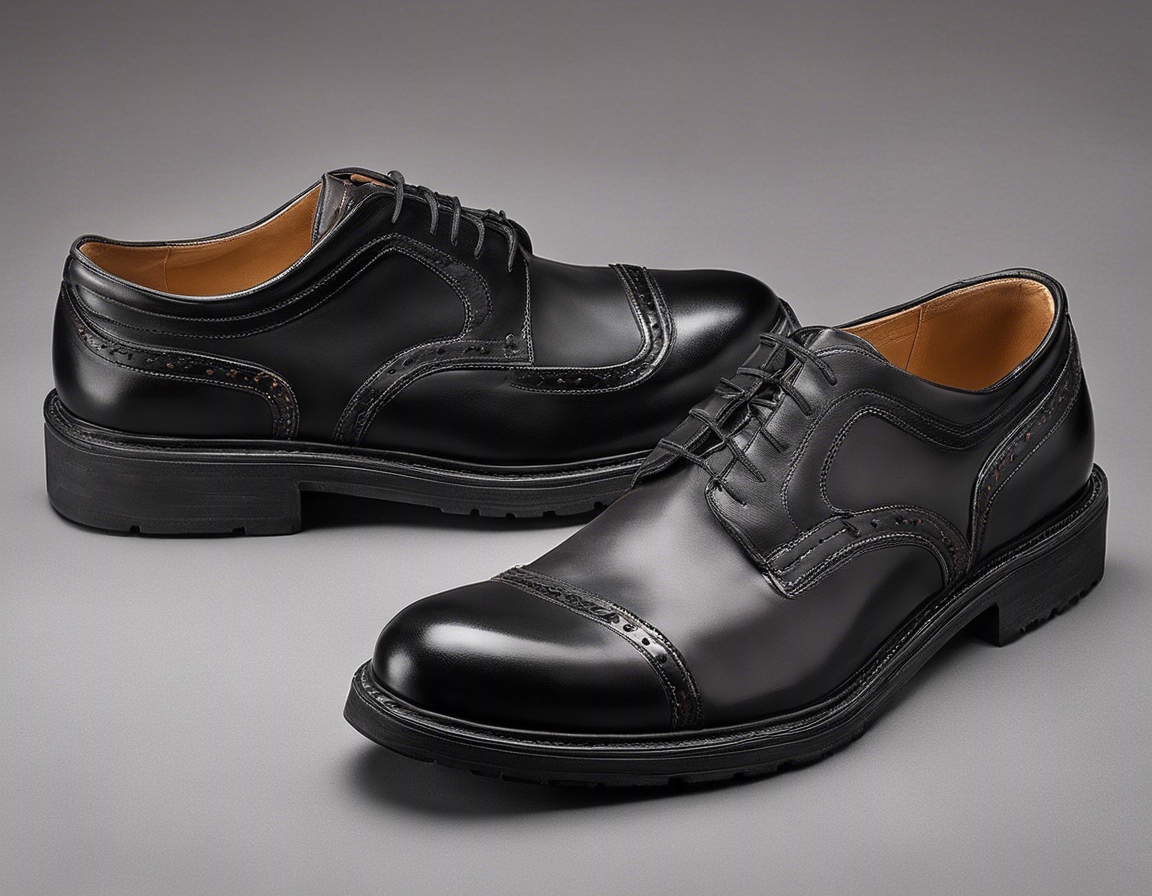The ultimate guide to choosing work shoes
For professionals in construction, manufacturing, logistics, and other industries where personal protective equipment is essential, choosing the right work shoes is not just a matter of comfort—it's a critical component of workplace safety. The right pair of work shoes can prevent accidents, reduce fatigue, and even improve productivity.
Work shoes can be broadly categorized into protective footwear designed to guard against specific hazards. These categories include safety-toe, slip-resistant, electrical hazard, and waterproof shoes, among others.
Key Factors in Selecting Work Shoes
Safety features such as steel toes, metatarsal guards, and puncture-resistant soles are vital for protecting feet from common workplace hazards. It's important to assess the risks in your work environment and choose shoes with the appropriate safety features.
Comfort is crucial when you're on your feet all day. Look for work shoes with adequate cushioning, arch support, and a fit that allows for slight movement of the toes.
Durable materials like leather and synthetic composites ensure that your work shoes withstand the rigors of your job. High-quality materials can also offer better protection and last longer.
While safety and comfort are paramount, the design and style of work shoes can also be important, especially if you interact with clients or represent your company in a professional setting.
Slip-resistant soles are essential for preventing falls, particularly in environments with slick or wet surfaces. Ensure the tread pattern and sole material are suitable for your workplace conditions.
Consider the climate and environment you work in. Waterproof or insulated shoes may be necessary for outdoor work, while breathable materials are better suited for indoor or warm conditions.
Some industries have specific requirements for work shoes. For example, electrical hazard shoes are crucial for electricians, while construction workers may need shoes with puncture-resistant soles.
Work Shoe Types and Their Applications
Safety-toe shoes are equipped with a reinforced toe cap, often made of steel or composite materials, to protect against impact and compression.
Steel insole shoes are designed to protect against joint problems and provide extra support for those who drive heavy vehicles or operate pedals.
Metatarsal shoes offer protection for the upper part of the foot, which is crucial in environments where heavy objects might fall or roll onto the feet.
Electrical hazard shoes are made with non-conductive materials to minimize the risk of electrical shock.
Waterproof or water-resistant shoes keep feet dry and are essential for work in wet conditions.
Insulated work shoes are necessary for those working in cold environments to maintain warmth and prevent frostbite.
How to Ensure the Longevity of Your Work Shoes
Regular cleaning, proper storage, and conditioning of materials can extend the life of your work shoes. It's also important to alternate between pairs to allow them to air out.
Work shoes should be replaced when they show signs of significant wear, such as holes, worn soles, or damaged safety features. Regular inspection can help identify these signs early.
Legal and Certification Considerations
It's essential to understand the safety standards and certifications relevant to your industry, such as ASTM or ISO, to ensure your work shoes meet all necessary requirements.
Compliance with local safety regulations is not only a legal requirement but also a commitment to the well-being of employees. Ensure your work shoes adhere to the standards set by your region's safety authorities.






Comments (0)